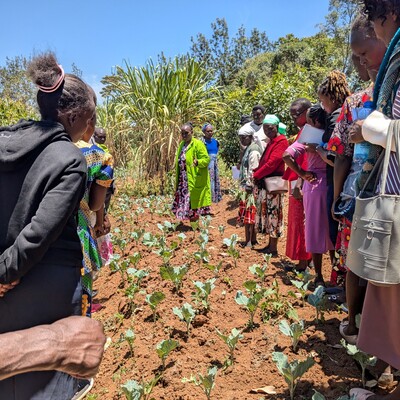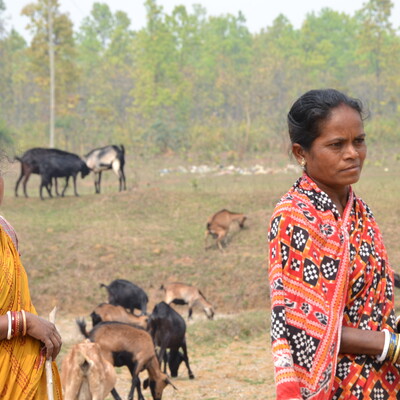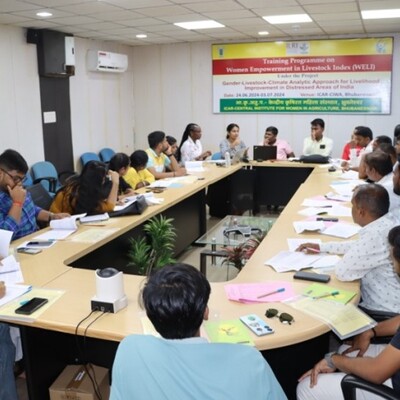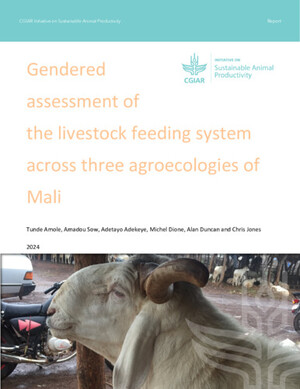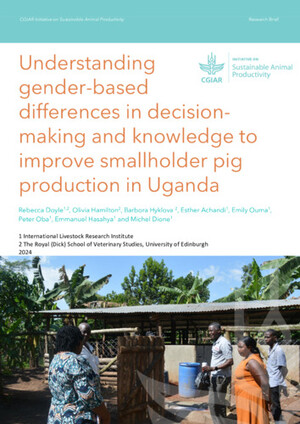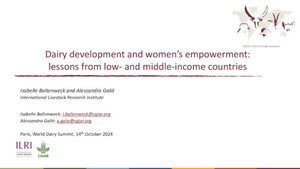
New research examines gender dynamics in seed systems development
First published on the CGIAR Research Program on Policies, Institutions and Markets (PIM) blog by Berber Kramer, Alessandra Galiè, and Evgeniya Anisimova.
 (CIAT Seeds. Photo credit: CIAT/Stephanie Malyon).
(CIAT Seeds. Photo credit: CIAT/Stephanie Malyon).
All agricultural production—whether of crops, trees, forages, livestock or fish—starts with seeds, making seed security vital to food security. Seed security means that producers—smallholder women and men farmers especially—have permanent and unrestricted access to adequate quantities of quality seed that is suitable to their agro-ecological conditions and socio-economic needs. Efforts to enhance seed security should be inclusive, without disparities related to income, social class, age or gender. Yet, gender gaps reveal themselves across the seed system, including in the breeding, production, selection and distribution stages, as well as in how the seeds are used and who reaps the benefits from this use.
While there is extensive literature on seed systems and how they should be organized to ensure seed security for smallholder farmers, a body of research unpacking gender dynamics within these systems has just begun to emerge. This includes a portfolio of projects initiated and funded by the CGIAR Collaborative Platform for Gender Research, which was hosted within PIM’s Flagship 6: Crosscutting Gender Research and Coordination from 2017–2019. A new PIM Synthesis Brief summarizes this early work and provides an outlook for future research to mainstream gender analysis in seed systems development.
Click here to read more the key messages, download the full Synthesis Brief and to learn more!






